Photosynthesis and Respiration -> aluminum
Aluminum
Aluminum is a chemical element with the symbol Al and atomic number 13. It is a silvery-white, soft, nonmagnetic and ductile metal in the boron group. By mass, aluminum makes up about 8% of the Earth's crust, making it the third most abundant element after oxygen and silicon.
Properties of Aluminum
- Physical Properties: Aluminum is a lightweight metal with a density about one-third that of steel or copper. It has a low melting point and is malleable, meaning it can be easily shaped or formed.
- Chemical Properties: Aluminum is a reactive metal and is highly resistant to corrosion due to the formation of a thin layer of aluminum oxide on the surface, which acts as a protective barrier against further oxidation.
Uses of Aluminum
Aluminum is widely used in various industries due to its desirable properties:
- Construction: Aluminum is used in the construction of buildings, vehicles, and aircraft due to its lightweight and corrosion-resistant nature.
- Packaging: Aluminum foil and cans are commonly used for packaging food and beverages due to its ability to block light, oxygen, and moisture.
- Electrical Transmission: Aluminum is used in power lines and electrical wiring due to its conductivity and low cost.
- Manufacturing: It is used in the manufacturing of a wide range of products, including car parts, appliances, and machinery.
Environmental Impact
While aluminum is abundant and versatile, its production can have environmental impacts, including energy consumption and greenhouse gas emissions. Recycling aluminum can significantly reduce these impacts, as it requires only 5% of the energy used to produce new aluminum from raw materials.
Study Guide for Aluminum
- What is the atomic number of aluminum?
- What is the chemical symbol for aluminum?
- What is the most abundant element in the Earth's crust?
- List three physical properties of aluminum.
- Explain the role of aluminum oxide in preventing corrosion.
- Name three common uses of aluminum.
- How does recycling aluminum contribute to environmental sustainability?
◂Science Worksheets and Study Guides Seventh Grade. Photosynthesis and Respiration
Worksheet/Answer key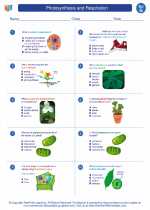 Photosynthesis and Respiration
Photosynthesis and Respiration  Worksheet/Answer key
Worksheet/Answer key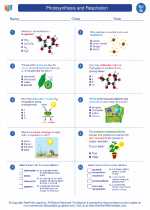 Photosynthesis and Respiration
Photosynthesis and Respiration  Worksheet/Answer key
Worksheet/Answer key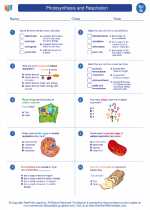 Photosynthesis and Respiration
Photosynthesis and Respiration  Vocabulary/Answer key
Vocabulary/Answer key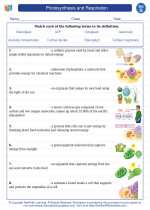 Photosynthesis and Respiration
Photosynthesis and Respiration  Vocabulary/Answer key
Vocabulary/Answer key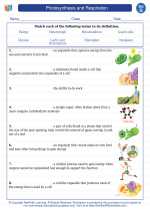 Photosynthesis and Respiration
Photosynthesis and Respiration  Vocabulary/Answer key
Vocabulary/Answer key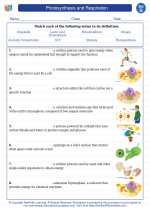 Photosynthesis and Respiration
Photosynthesis and Respiration 

 Worksheet/Answer key
Worksheet/Answer key
 Worksheet/Answer key
Worksheet/Answer key
 Vocabulary/Answer key
Vocabulary/Answer key
 Vocabulary/Answer key
Vocabulary/Answer key
 Vocabulary/Answer key
Vocabulary/Answer key

The resources above cover the following skills:
LIFE SCIENCE
Ecosystems: Interactions, Energy, and Dynamics
Examine the cycling of matter between abiotic and biotic parts of ecosystems to explain the flow of energy and the conservation of matter.
Generate a scientific explanation based on evidence for the role of photosynthesis and cellular respiration in the cycling of matter and flow of energy into and out of organisms.